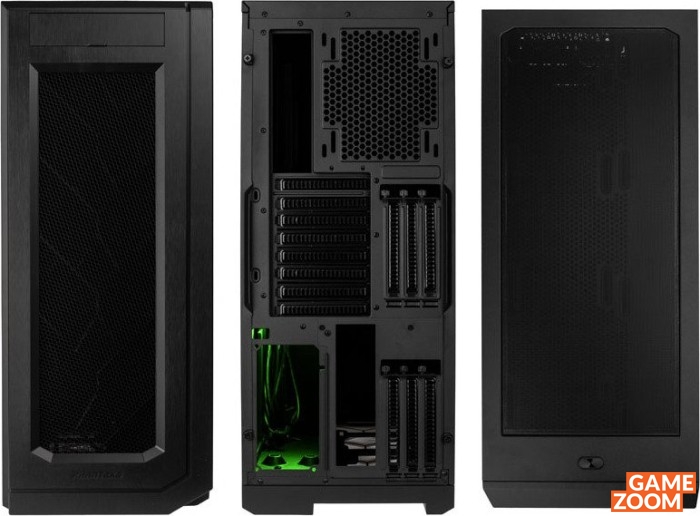
Alle Ergebnisse
Inhalt
Fakten
Hersteller
Phanteks
Release
August 2020
Produkt
Gehäuse
Preis
136,37 Euro
Webseite
Media (11)











 Über Phanteks
Über Phanteks
Inhalt
1 Kommentar
BloodyHarry vor 1315 Tagen
Abzüge bei der B-Note gibt es lediglich für das Nichtvorhandensein von (vormontierten) Lüftern und dem hohen Kunststoff-Anteil. Es gibt noch ein Abzug in der Note, es kann nur Standard-RAM (31,2mm Höhe) verbaut werden, wenn ein 360mm Radiator verbaut wird. Ich besitze ein Alphacool ST30 Full 360mm und musste feststellen dass ich den Radiator nicht einbauen konnte da mein RAM (G.Skill RipJaws V Series) im weg war. Sie war 7mm zu hoch, zum Glück konnte ich den Radi woanders einbauen, sonst hätte ich mir neuen RAM kaufen müssen. In zukünftigen Tests solltet ihr auch die RAM Höhe bei eingebauten Radiator berücksichtigen und nicht einfach die Daten von Phanteks bloß ablesen.
Antworten
Kommentar schreiben